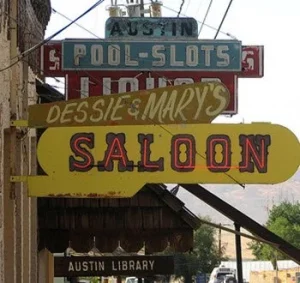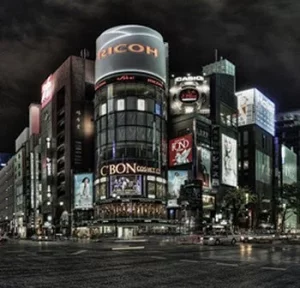At the International Sign Association, all politics really is local.
With a staff of 22 and an annual budget of almost $7 million, the association has a staggeringly ambitious goal: to advocate in the roughly 30,000 local jurisdictions where signs — the kind you see on most businesses — are regulated.
The association, which represents about 2,000 U.S. sign manufacturers from New York to California, serves its members by getting directly involved in debates over local sign codes. A three-person rapid-response team is capable of parachuting in just about anywhere. They can have loafers on the ground in 24 hours.
Once there, they testify and try to persuade local city councils, zoning boards and transportation departments that signage is not evil and that there’s a balance to be struck between controlling aesthetics and hurting locals businesses. This kind of advocacy is not easy. Every jurisdiction is unique, with different rules. And no two sign codes are alike.
“Each sign code is like a snowflake,” said David Hickey, the association’s vice president of government relations, who makes many of these trips (he’s in Mississippi this week).
“A snowflake that replicates itself,” added Lori Anderson, the president and CEO. “It’s a very complex, 3D snowflake. It’s more like a snowball with big chunks of asphalt and ice in it.”
‘Members Really Appreciate This’
Of course, many associations have business at the state and local level, and how to best handle that advocacy is a persistent question. Most could learn a thing or two from the International Sign Association, which has been doing local advocacy for years.
 The association’s crew might take 40 trips to 30 cities and work on roughly 100 state and local sign codes in total (not all of them require a trip) in any given year. They’ve been to Fargo in February. They’ve been bullied in New Jersey. They have won some and they have lost some.
The association’s crew might take 40 trips to 30 cities and work on roughly 100 state and local sign codes in total (not all of them require a trip) in any given year. They’ve been to Fargo in February. They’ve been bullied in New Jersey. They have won some and they have lost some.
“These are not glamorous assignments,” Anderson said. But she added that, “Our members really appreciate this service. It benefits them.”
There’s also precedent to think about. One overly-restrictive sign code can beget others. “In bigger metropolitan areas like Los Angeles and Chicago, we’re definitely concerned about that,” Hickey said.
Smart Local Advocacy
Indeed, the association has learned how to advocate well at the local level.
“It’s not about turning every borough and village into Las Vegas,” Anderson said. “There’s only one Las Vegas — thank God.”
Mostly, she says, it’s about education, and so they often bring resources. The association has a library of model code language, and has commissioned several university studies that address persistent issues, from the economic impact of signage to whether certain types of signs distract drivers.
 Like all industries involving manufacturing and technology, the sign world is always changing. There are electronic signs and building wraps — even high-tech kiosk signs that use facial recognition to serve up different ads to men and women. As the products change, the needs of local government change, and so the association’s research must keep pace.
Like all industries involving manufacturing and technology, the sign world is always changing. There are electronic signs and building wraps — even high-tech kiosk signs that use facial recognition to serve up different ads to men and women. As the products change, the needs of local government change, and so the association’s research must keep pace.
The association also began a campaign in 2011 to help educate planners about sign codes. Since then, the association has held roughly 25 seminars and webinars that attracted about 2,000 planners. They even smoothed a rough relationship with the American Planning Association, and the seminars count as continuing education credits.
“Several years ago, there was a confrontational atmosphere in the sign industry,” Anderson said. “We said, ‘let’s reshape that.’”
To that end, they come in peace, wearing jeans and loafers — no Washington pinstripes — and try to work alongside locals, rather than fighting against them. “We know you can always work to tweak the law,” Hickey said. “These aren’t Supreme Court decisions.”
 They often bring local sign companies or local businesses along. And while they encounter occasional opposition from public interest groups like the International Dark-Sky Association and Scenic America, even those organizations see them as contributors rather than combatants.
They often bring local sign companies or local businesses along. And while they encounter occasional opposition from public interest groups like the International Dark-Sky Association and Scenic America, even those organizations see them as contributors rather than combatants.
“Occasionally, we find ourselves in the same place as them, and sometimes on the same page,” said Max Ashburn, communications director at Scenic America. “We’ve done some panels together. They are amenable to trying to fit into the community.”
As Scott Kardel, interim executive director at the International Dark-Sky Association, said, “Our dealings have been pretty fair and pretty positive.”


